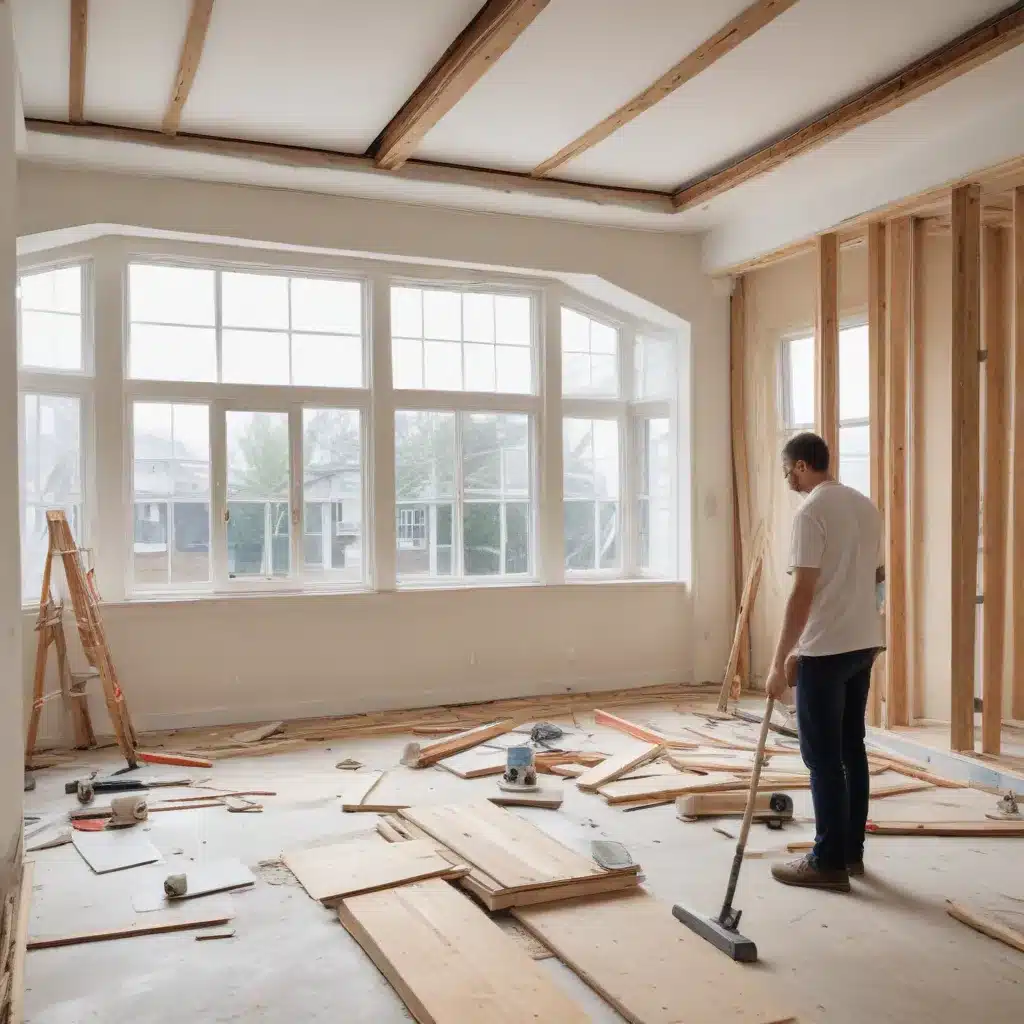As an experienced home improvement consultant, I’ve seen firsthand how labor costs can quickly spiral out of control during a renovation project. However, with the right strategies and insider knowledge, it’s possible to keep your budget in check while still achieving the home of your dreams. In this comprehensive guide, I’ll share expert insights on understanding renovation budgets, navigating labor negotiations, maximizing DIY opportunities, and innovative cost-saving techniques. Get ready to transform your space without breaking the bank!
Understanding Renovation Budgets
One of the most significant factors influencing labor costs is the overall renovation budget. While it’s tempting to splurge on high-end materials and custom finishes, it’s crucial to maintain a realistic perspective on what your project can reasonably accommodate.
Factors Influencing Labor Costs
Labor expenses can vary widely depending on the complexity of the work, the contractor’s experience, regional pricing, and even the time of year. For example, hiring a plumber or electrician during peak season may come with a significant premium, whereas scheduling the work during the offseason could result in significant savings. Additionally, the scope of the project plays a significant role – a simple bathroom refresh will generally cost less than a complete kitchen overhaul.
Strategies for Reducing Labor Expenses
One of the most effective ways to keep labor costs down is to simplify the project scope. Opting for more basic fixtures, limiting the number of structural changes, and focusing on cosmetic updates can significantly reduce the overall hours required. Additionally, sourcing materials yourself rather than relying on the contractor to provide them can help you avoid markup fees.
Budgeting for Labor Contingencies
It’s essential to build in a buffer for unexpected labor costs, as renovations often uncover hidden issues that require additional work. A good rule of thumb is to allocate an extra 10-15% of the total budget for labor contingencies. This will help you avoid unpleasant surprises down the line and ensure your project stays on track.
Insider Knowledge on Labor Negotiations
Effective communication and strategic planning are key when it comes to negotiating labor costs with contractors. By leveraging industry connections and understanding common contract terms, you can ensure a fair and transparent process.
Effective Communication with Contractors
When discussing the project scope and timeline with potential contractors, be upfront about your budget constraints. Provide a detailed list of the work required and ask for itemized quotes, allowing you to identify areas where you can potentially negotiate. Additionally, be willing to compromise on certain aspects of the project if it means staying within your budget.
Leveraging Industry Connections
Tapping into your network of friends, family, or local community groups can be a valuable resource for finding reliable, cost-conscious contractors. Word-of-mouth referrals often lead to better pricing and a higher level of service. Additionally, consider hiring a general contractor who can manage the entire project, as they may have established relationships with subcontractors and can leverage their buying power.
Navigating Contract Terms
When reviewing contractor proposals, pay close attention to the fine print. Look for clauses that outline labor costs, payment schedules, and any potential hidden fees. Don’t be afraid to negotiate or request modifications to the contract that better align with your budget and timeline.
Maximizing DIY Opportunities
For the cost-conscious renovator, taking on certain tasks yourself can result in significant savings. By identifying DIY-friendly projects and developing essential skills, you can put your sweat equity to work.
Identifying DIY-Friendly Tasks
When it comes to renovations, not every job requires a professional. Simple cosmetic updates, such as painting, installing new light fixtures, or refinishing floors, can often be tackled by the savvy DIYer. Additionally, tasks like tiling, trim work, or cabinet refacing may be within reach for those willing to invest the time and effort.
Developing Essential Skills
Before embarking on a DIY project, it’s crucial to have a solid understanding of the required techniques. Consider taking workshops, watching online tutorials, or even shadowing a skilled professional to gain the necessary knowledge and confidence. Safety should always be the top priority when working on a renovation.
Cost Savings through DIY
The primary benefit of tackling DIY projects is the potential for significant cost savings. By eliminating labor fees, you can often complete the work for a fraction of the professional cost. Additionally, the hands-on experience can be incredibly rewarding and instill a greater sense of pride in the final result.
Innovative Cost-Saving Techniques
Beyond traditional budgeting and DIY strategies, there are several innovative approaches you can explore to stretch your renovation dollars even further. From sourcing alternative materials to leveraging modern technologies, these methods can help you achieve your desired outcome while staying mindful of your budget.
Exploring Alternative Materials
While high-end finishes and custom-made elements can be visually stunning, they often come with a hefty price tag. Consider exploring more budget-friendly alternatives, such as laminate countertops, engineered wood flooring, or stock cabinets. These options can provide a similar aesthetic at a fraction of the cost.
Optimizing Project Timelines
Careful planning and strategic scheduling can also lead to significant cost savings. For example, scheduling work during the offseason or coordinating multiple tasks to be completed concurrently can help you avoid expensive delays or overtime fees.
Utilizing Modern Technologies
Advancements in home improvement technology have introduced a wealth of cost-saving opportunities. Smart home automation systems, for instance, can help you reduce energy consumption and lower utility bills in the long run. Additionally, online design tools and virtual consultations with professionals can provide valuable insights without the need for in-person site visits.
Remember, the key to a successful renovation is striking the right balance between your vision and your budget. By understanding the factors that influence labor costs, negotiating effectively with contractors, and exploring innovative strategies, you can transform your space without breaking the bank. For more information and inspiration, be sure to visit Reluctant Renovator, where you’ll find a wealth of resources to guide you through your next home improvement project.




